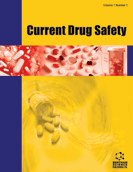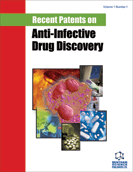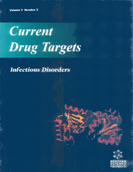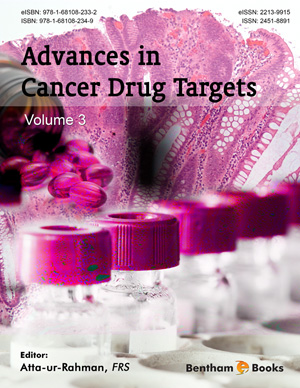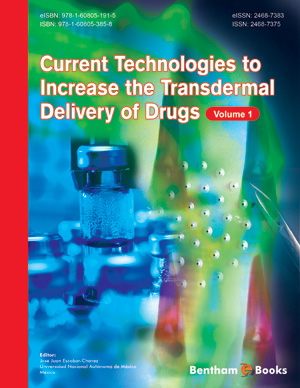Abstract
The strategies currently used to halt the development and progression of atherosclerosis and the restenotic neointimal lesions are suboptimal. Understanding the mechanisms of angiogenic growth within the neointima of atherosclerotic and restenotic lesions may lead to the development of new therapies designed to halt the progression of atherosclerosis and inhibit restenosis after percutaneous coronary intervention. Intra-plaque hemorrhage as a result of premature neointimal vasa vasorum represents a critical event in the induction of instability in atherosclerotic coronary lesions. The removal of abnormal neovascularization by molecular therapies may interfere with intra-plaque hemorrhage and hence may halt the progression of atherosclerosis. The growth factors, the angiogenic enzymes, the chemokines, the endothelial specific receptors, and the adhesion molecules, which are involved in the expansion of vasa vasorum, constitute potential targets for such therapies. The vascular endothelial growth factor (VEGF) has an important role in the induction and the maintenance of new blood vessel formation. Thus, the local administration of soluble VEGF receptor, anti-VEGF antibodies, or antibodies that bind to the VEGF receptor, will block VEGF binding to its receptors and thereby block its angiogenic effects. Either stent- or catheterbased therapy may be a viable treatment option for delivering drugs, such as the VEGF-specific antibody (bevacizumab). By inhibiting intralesion angiogenesis, and thus the thickening of neointima, by catheter-based therapy, we may halt the development of high risk unstable plaques and restenosis after coronary interventions. In addition, a combined therapeutic approach with balloon-based strategies with antiangiogenic, antithrombotic, and prohealing agents, and with stents targeting plaques at multiple steps would be more effective.
Keywords: Antiangiogenesis, artherosclerosis, coronary artery disease, coronary intervention.


 Download PDF Flyer
Download PDF Flyer